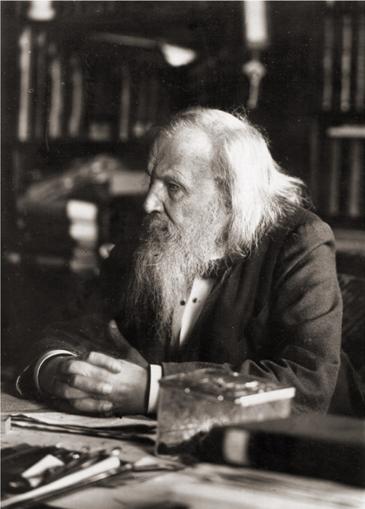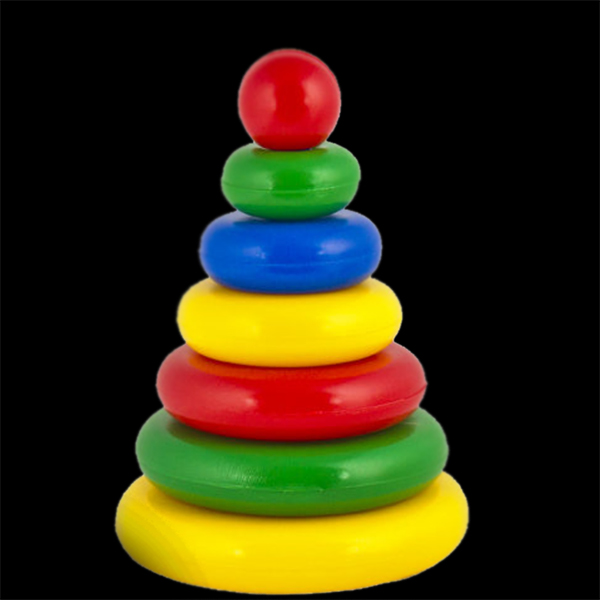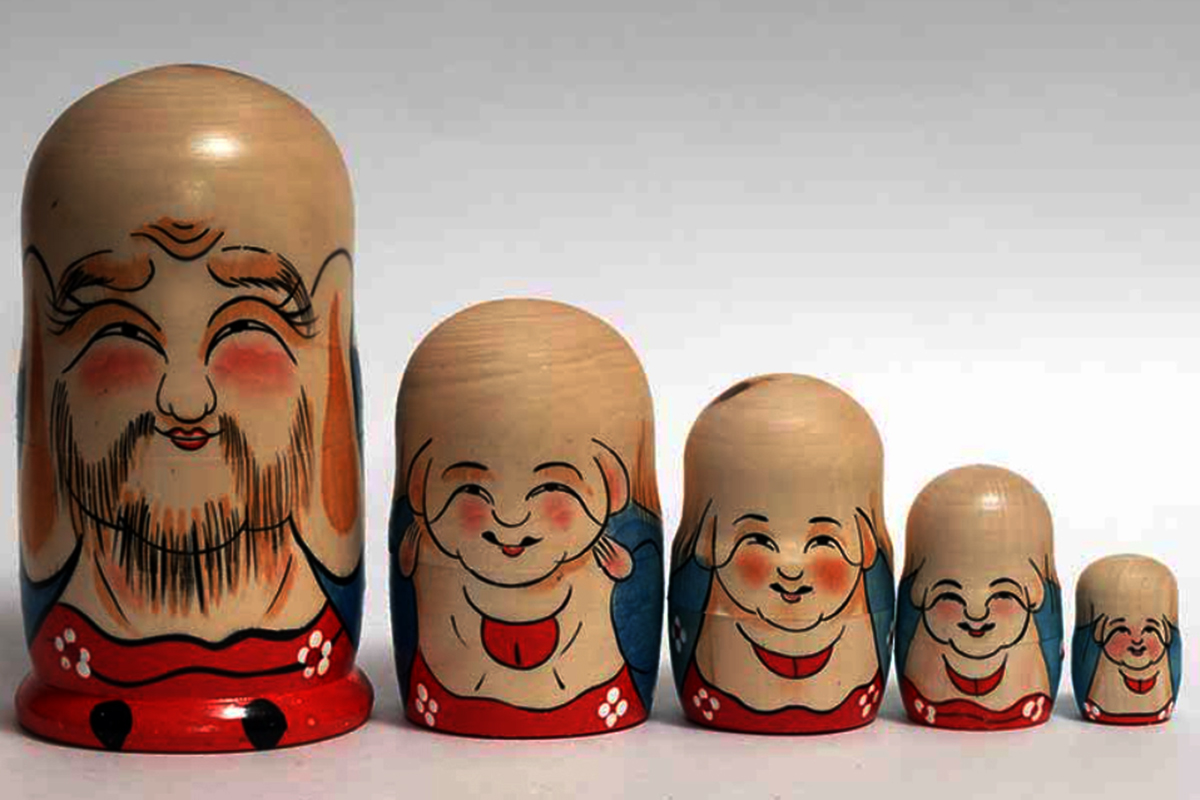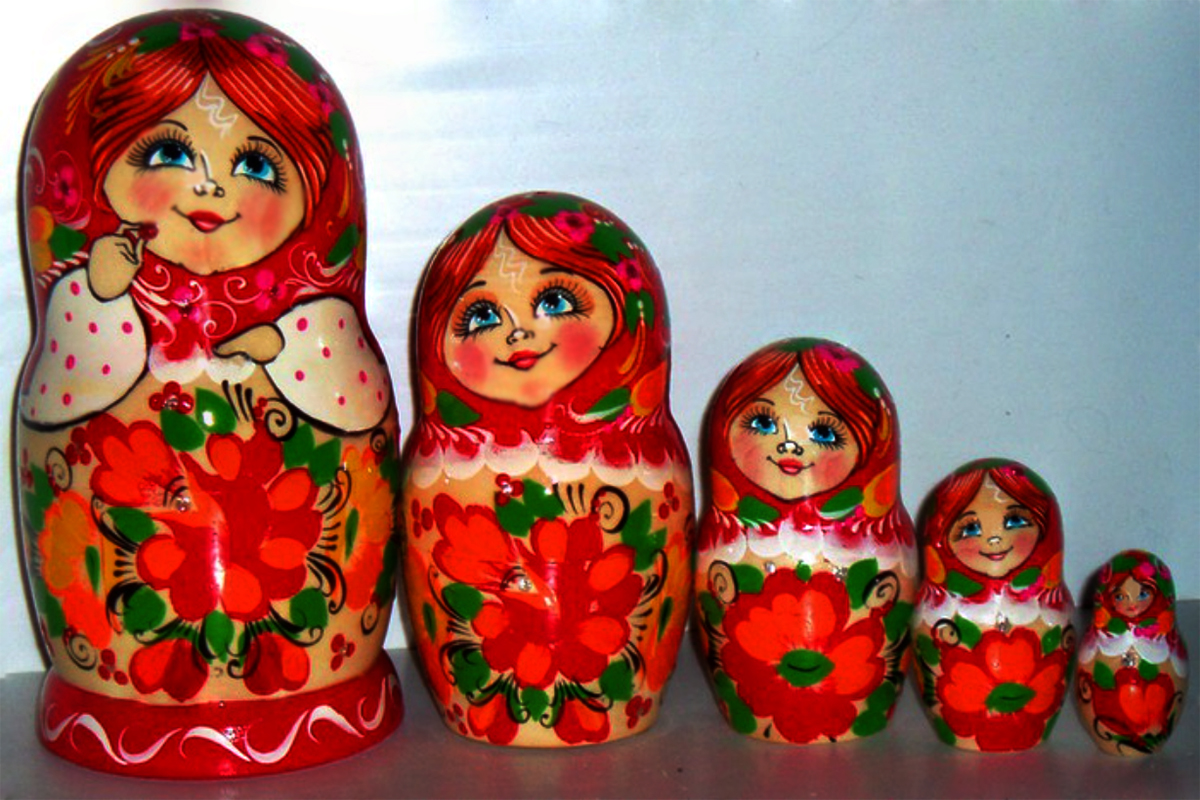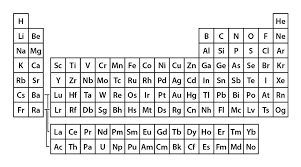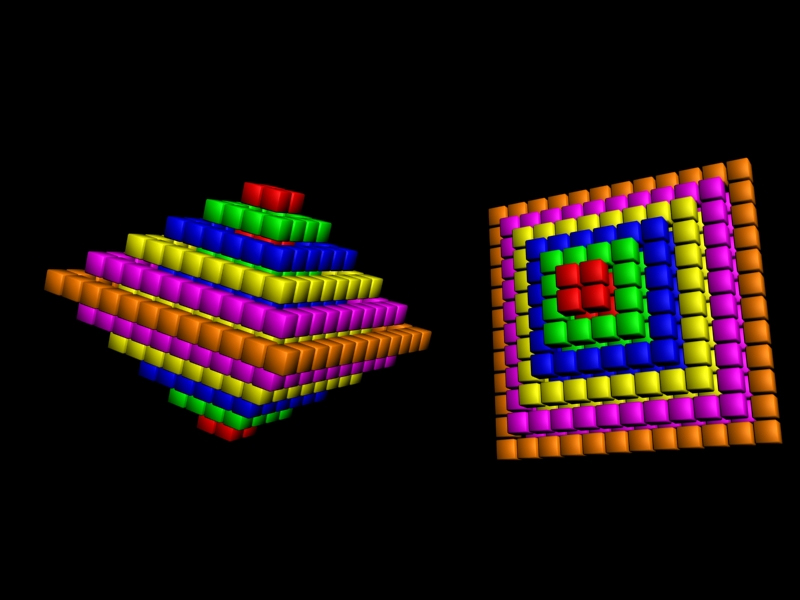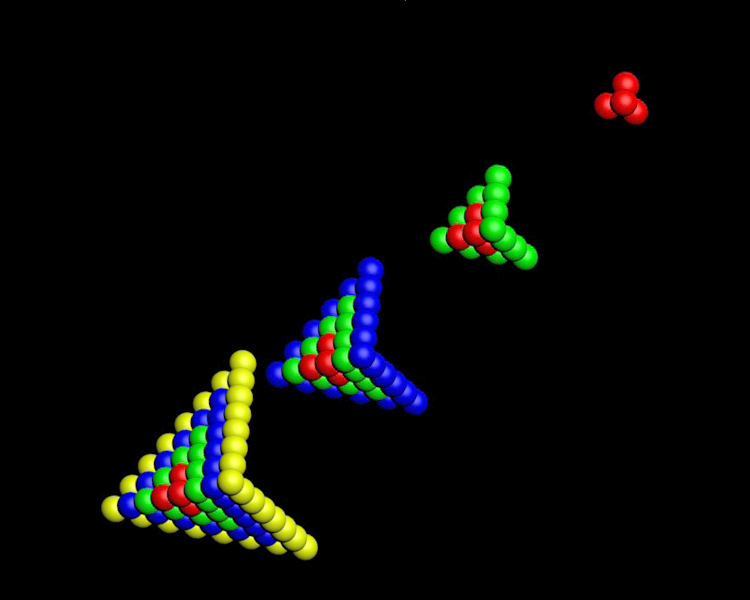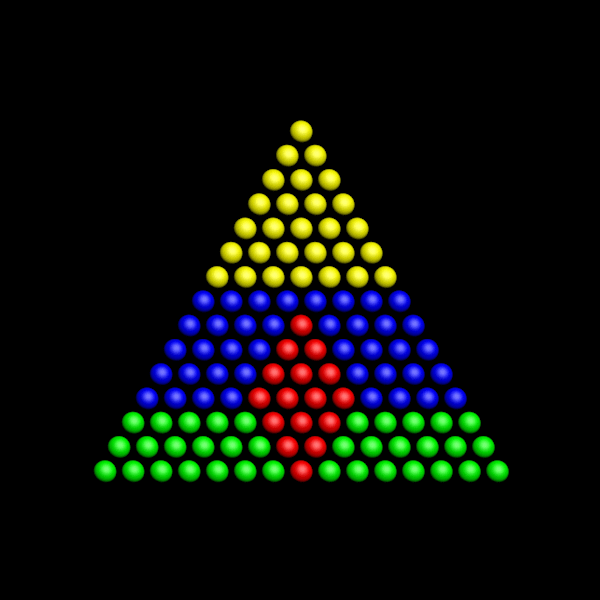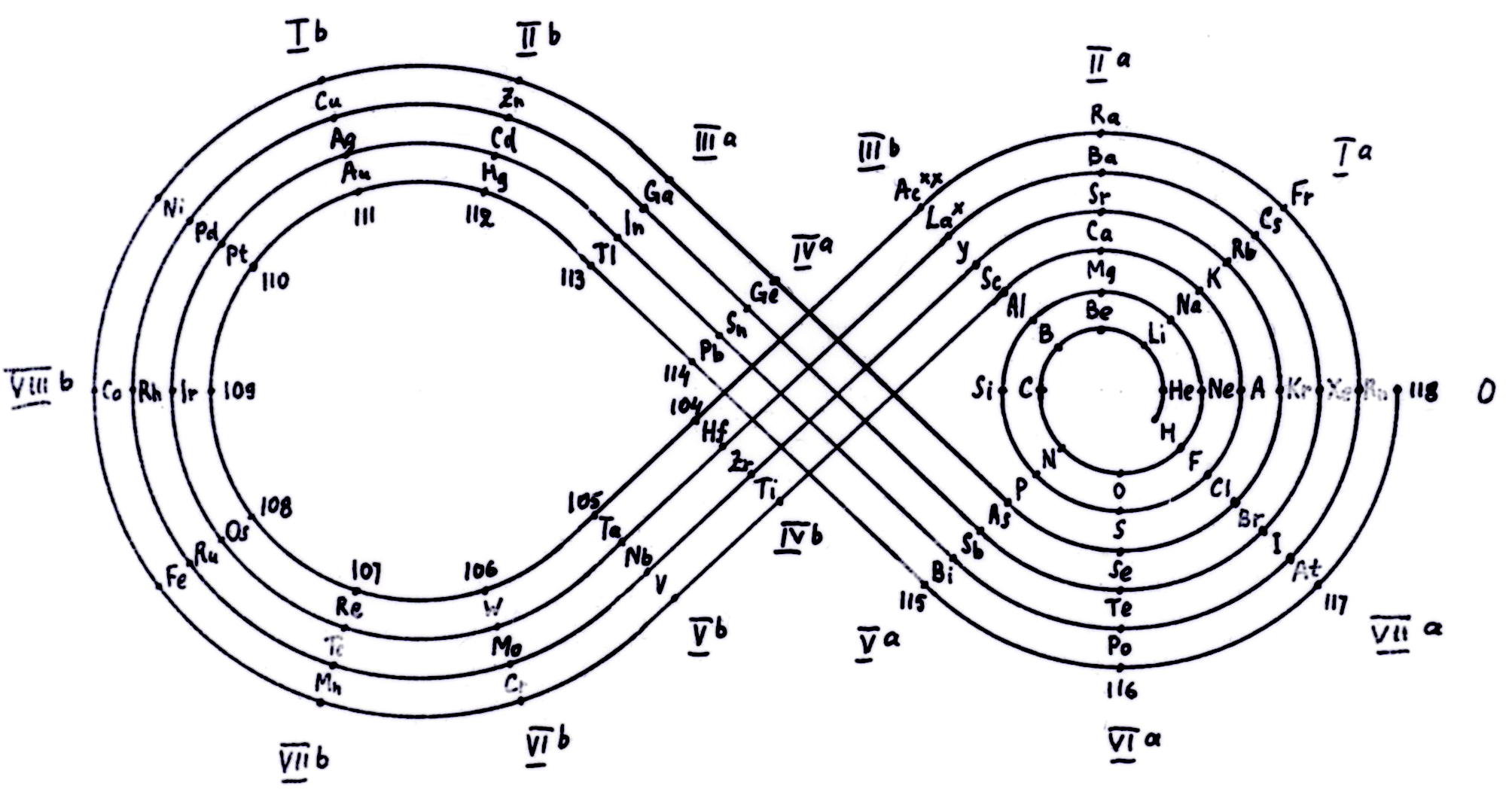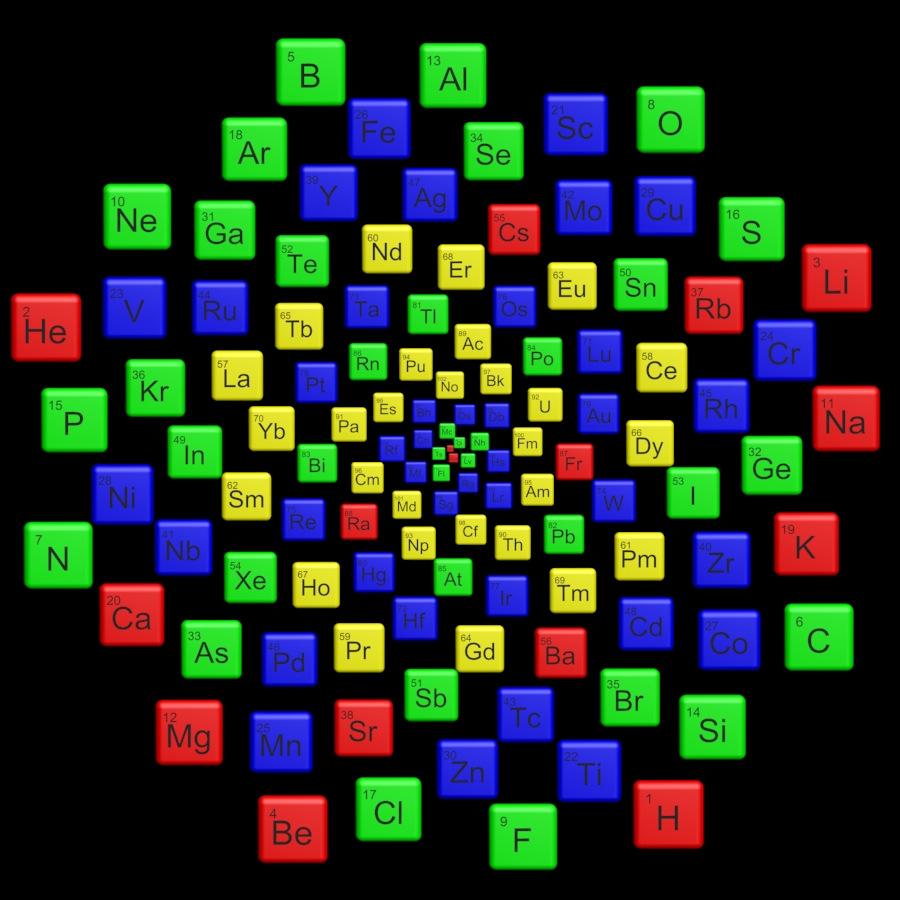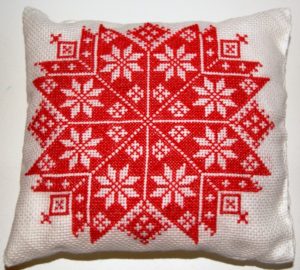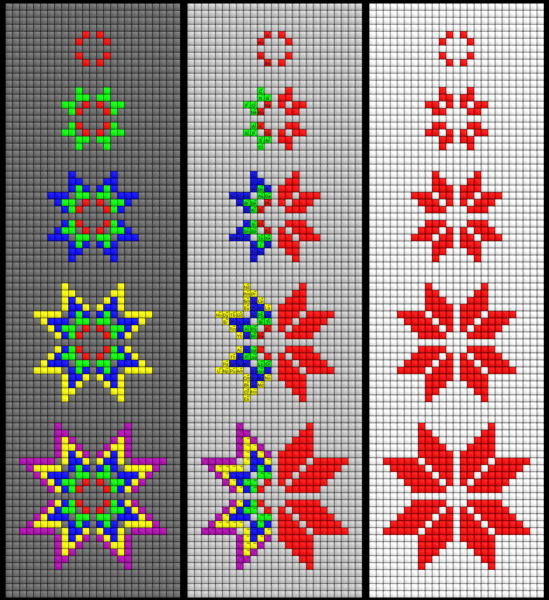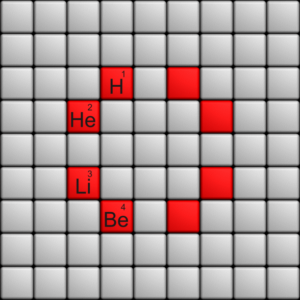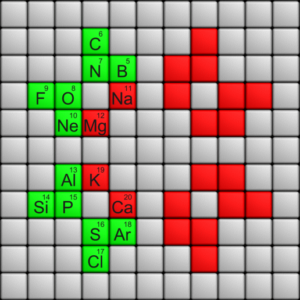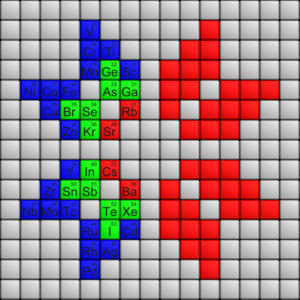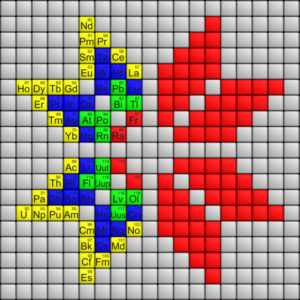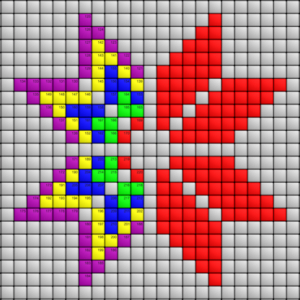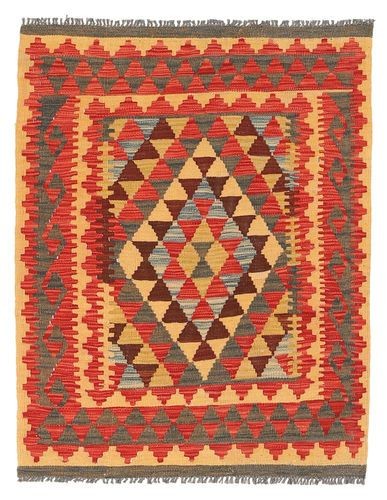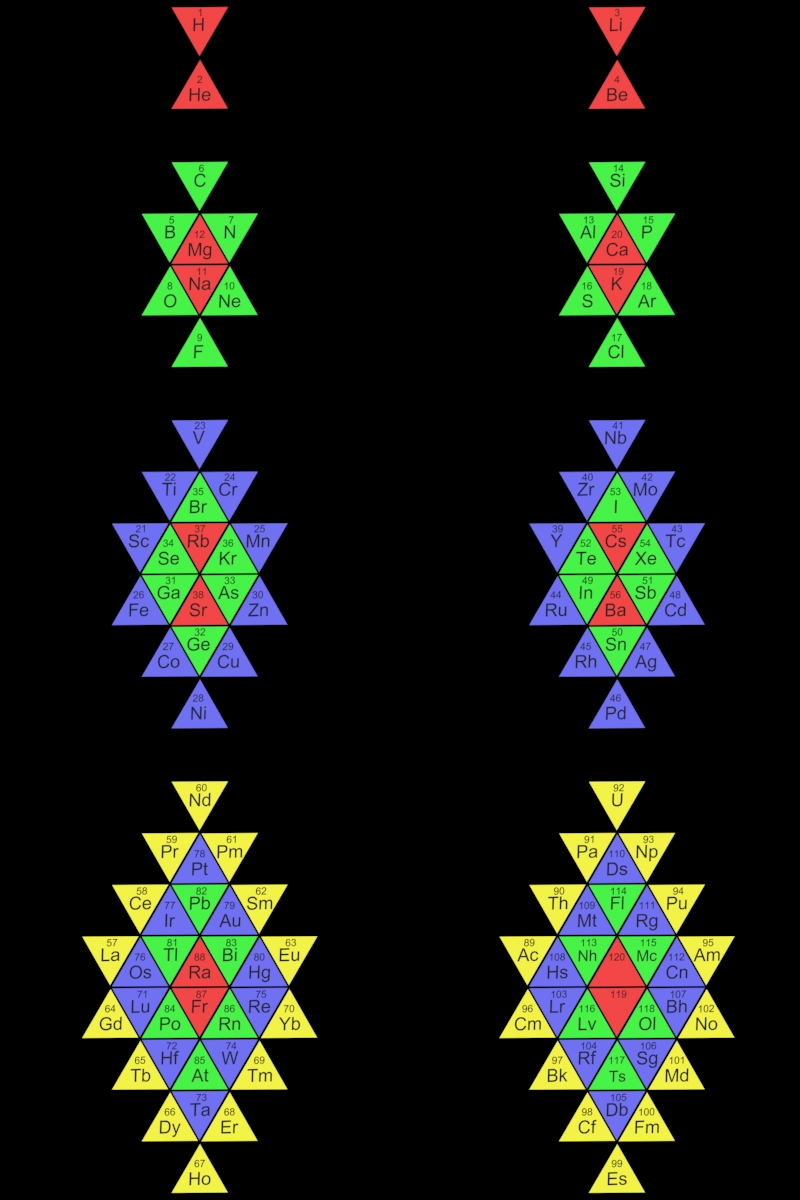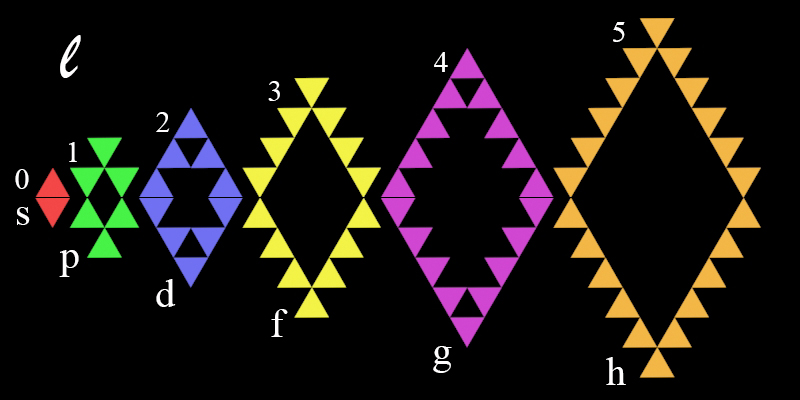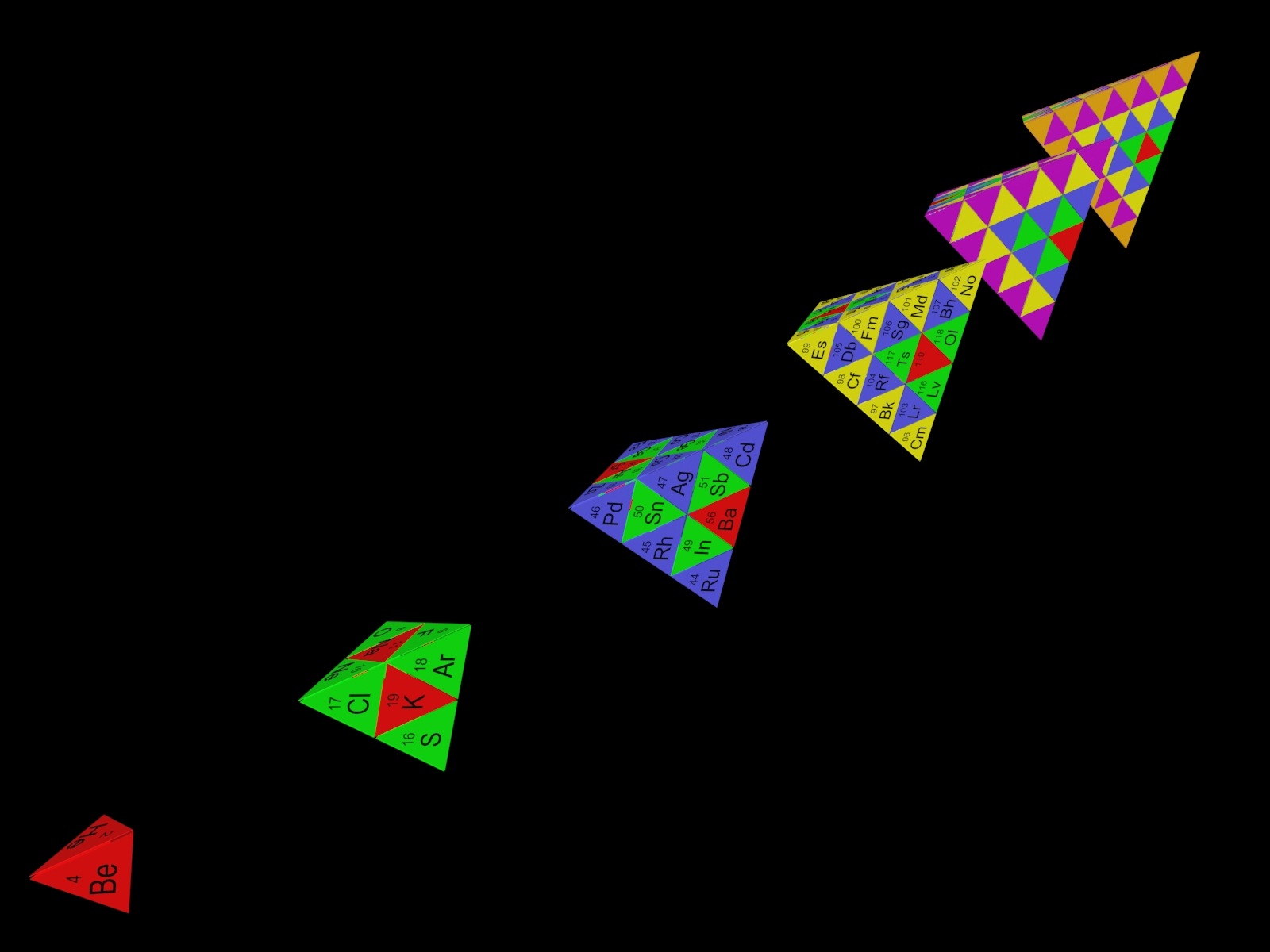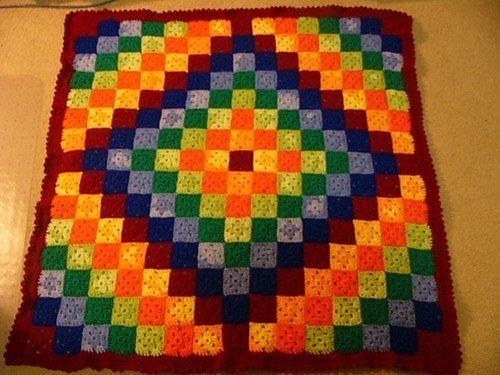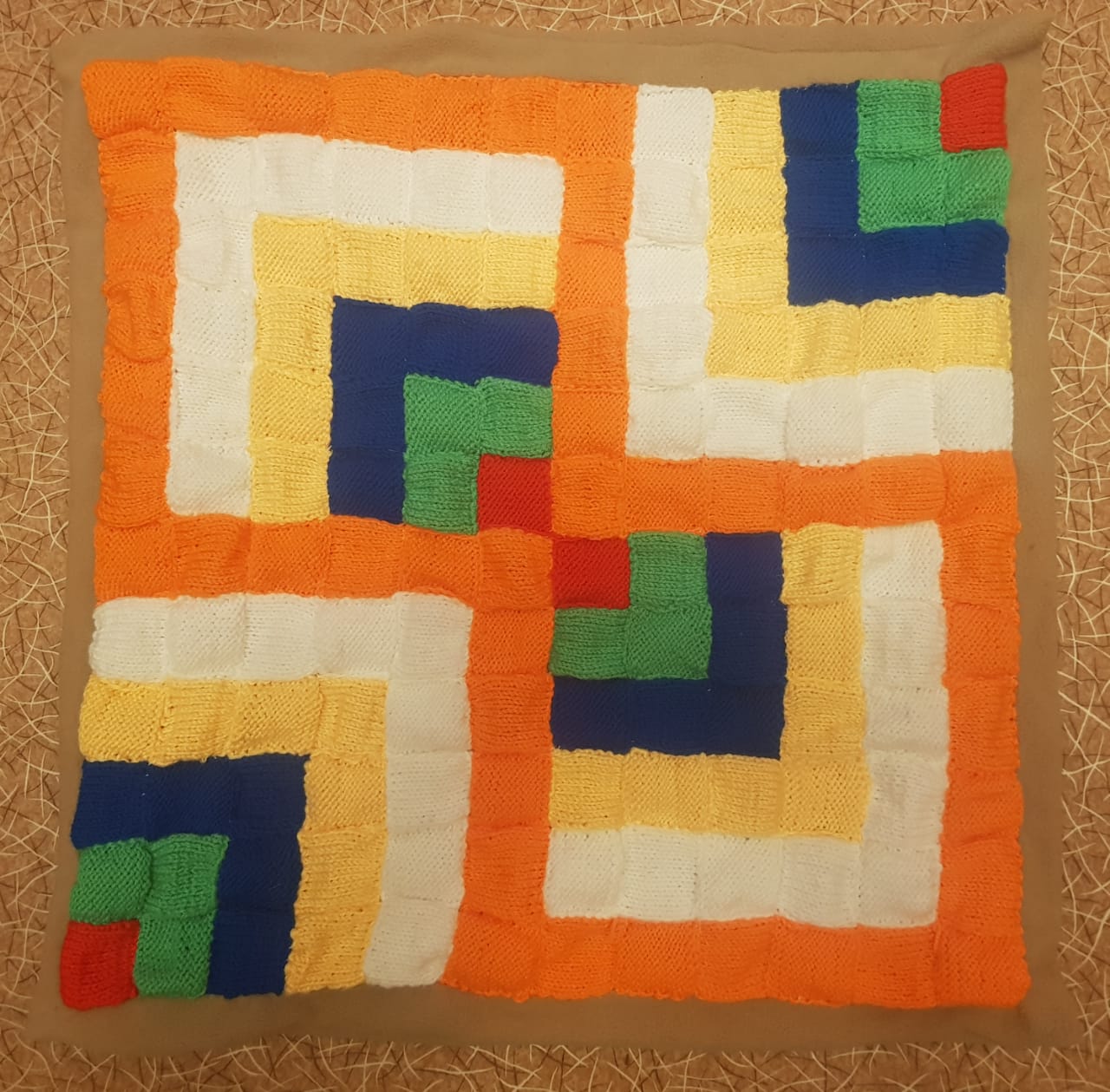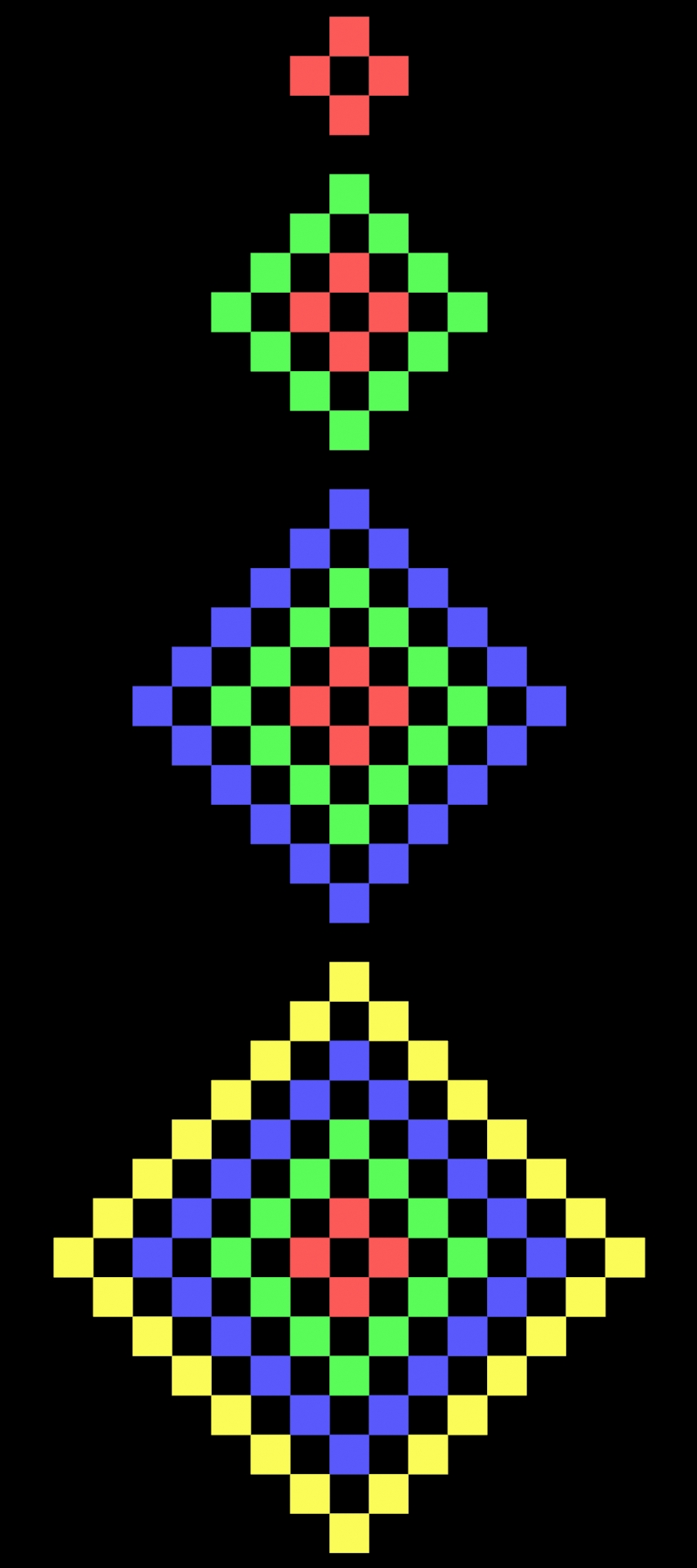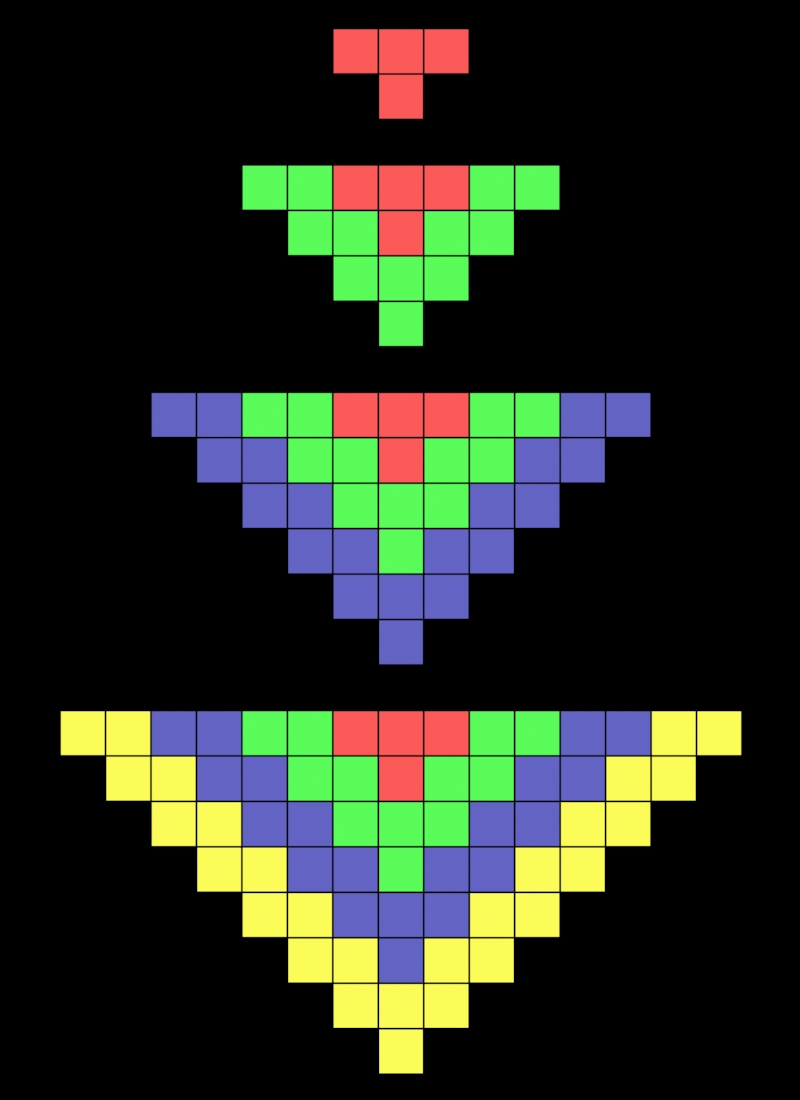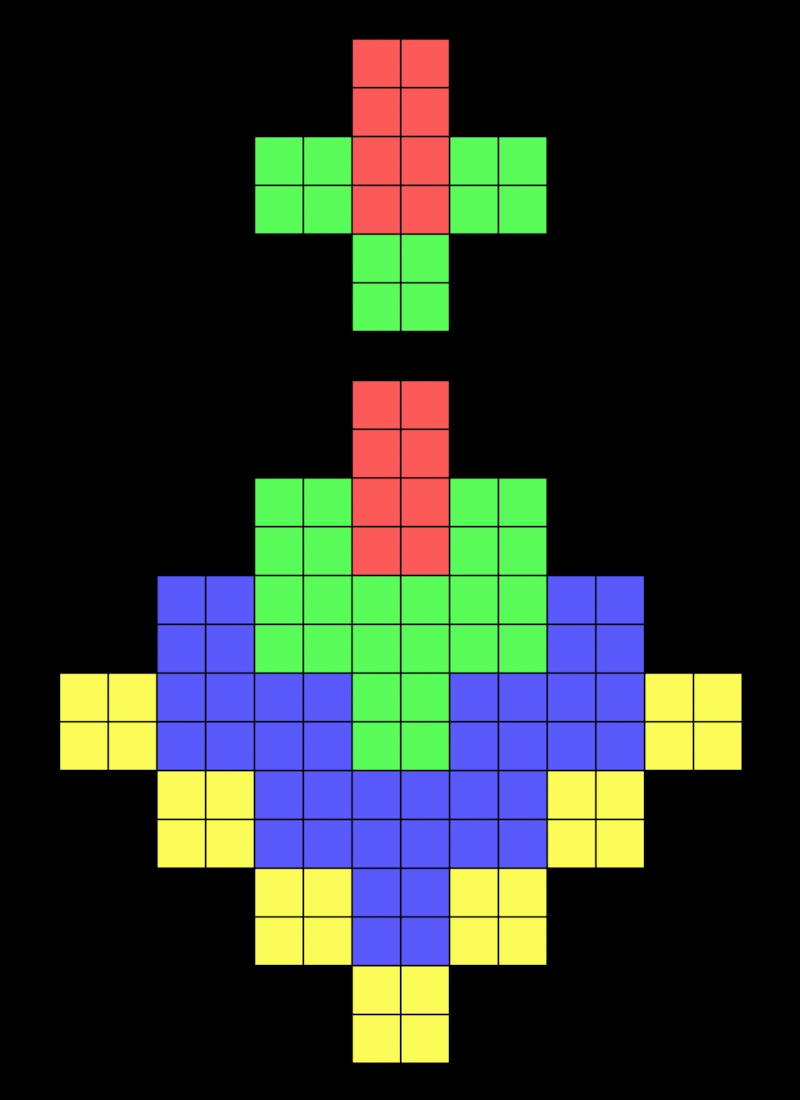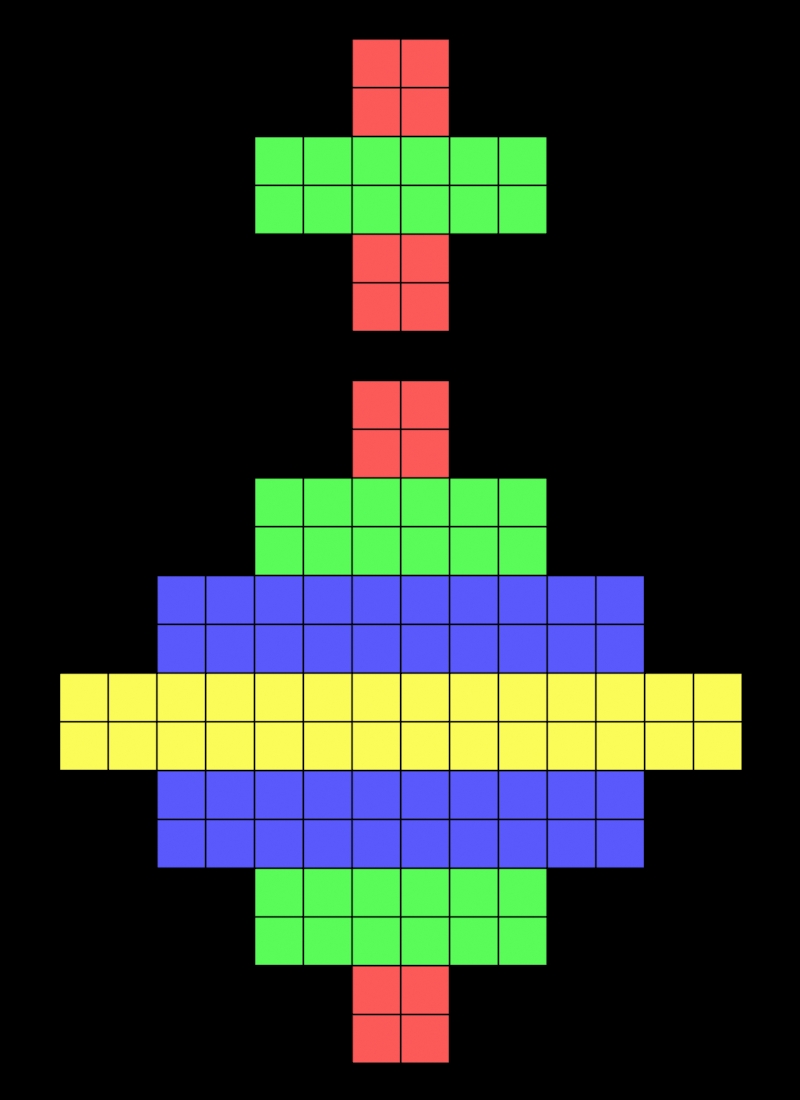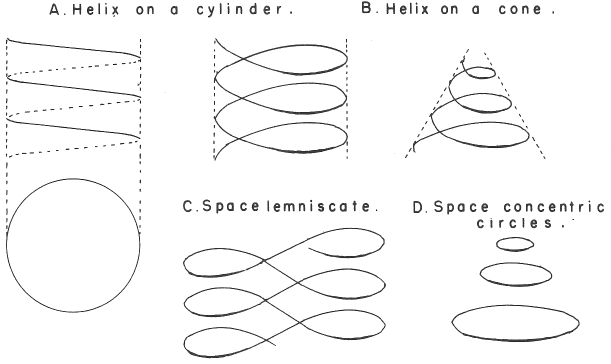Abstract:
The work is an illustrative continuation of Wolfgang Pauli’s idea about archetypes in modern science, about the symbols that have a dual function: pre-scientific (religious, mythical, ornamental, etc.) and scientific in the modern sense of the word. Pauli in his arguments relied on the work of Plato, Johann Kepler, Carl Gustav Jung. Illustrative material is based on the theory of figurate numbers, which was actively developed in the Pythagorean period of mathematics. The fundamental similarity of the ancient Greek concept of gnomon and the modern concept of electronic and nuclear shells of an atom is emphasized. The isomorphism of the symbolic image of Periodic Law and some ancient and modern folk ornaments is shown.
”Geometria est archetypus pulchritudinis mundi (Lat.) –
Geometry is the archetype of the beauty of the world”
The Wolfgang Pauli’s concept
One of the creators of quantum mechanics Wolfgang Ernst Pauli wrote in his work “The Influence of Archetypal Ideas on the Scientific Theories of Kepler” (1948):
“The process of understanding nature as well as the happiness that man feels in understanding – that is, in the conscious realization or new knowledge – seems thus to be based on a correspondence, a ”matching” of inner images pre-existent in the human psyche with external objects and their behavior. This interpretation of scientific knowledge, of course, goes back to Plato and is, as we shall see, advocated very clearly by Kepler … . These primary images, which the soul can perceive with the aid of an innate “instinct,” are called by Kepler archetypal. Their agreement with the ”primordial images” or archetypes introduced into modern psychology by C. G. Jung and functioning as ”instincts of imagination” is very extensive… A true spiritual descendant of the Pythagoreans, … he attached the utmost importance to geometric claiming that its theorems “have been in the spirit of God since eternity”. His basic principle was ”Geometria est archetypus pulchritudinis mundi ” (Geometry is the archetype of the beauty of the world).”
Pauli notes that “one must guard against transferring this a priori of knowledge into the conscious mind and relating it to definite ideas capable of rational formulation.”
In conclusion, Pauli writes:
“Precisely because in our times the possibility of such symbolism has become an alien idea, it may be considered especially interesting to examine another age to which the concept of what is now called classical scientific mechanics were foreign, but which permits us to prove the existence of symbols that had simultaneously a religious and a scientific function.”
This work is a humble attempt to transfer “this a priori of knowledge into the conscious mind”. For consideration proposed geometric forms “that had simultaneously a religious and a scientific function”, that can serve as “spontaneous images” to visualize the periodic law of elements.
Periodic Law & Periodic Table
2019 has been designated by UNESCO as the International Year of the Periodic Table (IYPT), marking the 150th anniversary of the Mendeleev periodic table.
This title should be considered poor choice. Such a name belittles the Mendeleev‘s contribution to world science.
On this slide we see two Mendeleev’s tables: a periodic table and a writing-table. Mendeleev discovered and formulated a PERIODIC LAW and draw periodic table. No one is using this table now. Mendeleev’s periodic table has only historical value. Any other periodic table, which for simplicity we call the Mendeleev’s table, is not true table of Mendeleev.
Pythagorean approach to fermionic system
A Pythagorean approach to numerical sequences in both chemical and nuclear physics allows to show geometrical analogies based on figurate numbers (uni- and polydimensional forms of Mendeleev’s periodic table and packing models for nuclei).
Figurate numbers appeared in 15th-century arithmetic books, and were probably known to ancient Chinese; but they were of particular interest to ancient Greek mathematicians. To the Pythagoreans (c. 500 BC), numbers were of paramount significance: they believed everything could be explained by numbers, and numbers were invested with specific characteristics and “personalities”. Among the properties of numbers the Pythagoreans endowed them with “shapes”
The connotation of the term gnomon is that originally given by Hero of Alexandria, namely, ‘A Gnomon is that form that, when added to some form, results in a new form similar to the original.’
The key archetype, in our opinion, is the concept of the square and its gnomon. This is due to the well-known fact that the electron filled shell contains 2n² electrons, and the number of electrons on the subshell is twice the odd number — the gnomon of the square.
The symbolic structure of Periodic Law has the predisposition to geometry.
Triangle, tetrahedron, square pyramid, octahedron, pyramid-like figures composed of square layers are also considered. The methodical concept for these constructions is the figurate numbers, actively studied by the Pythagoreans.
Variety of Periodic Law Archetypes
(The list does not claim to be complete)
The main archetypes of Periodic Law of Elements are:
1) Line.
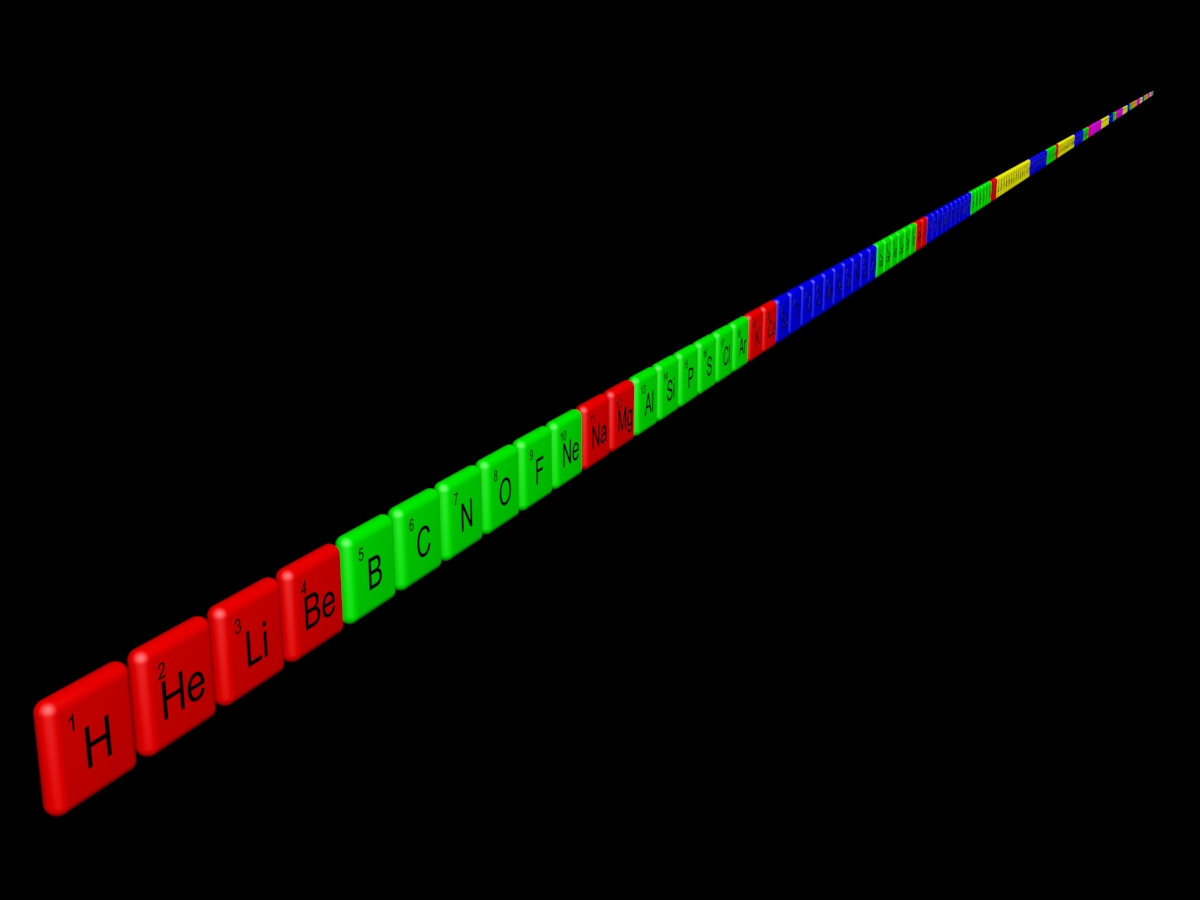
One-dimensional pattern of elements characters written in one line.
2) Children’s pyramid.
Period is the repetition at a new level. The idea of self-similarity, fractality is embodied. *
3) Any object that has many shells.
4) Square (two-dimensional object) and gnomon of square (one-dimensional object).
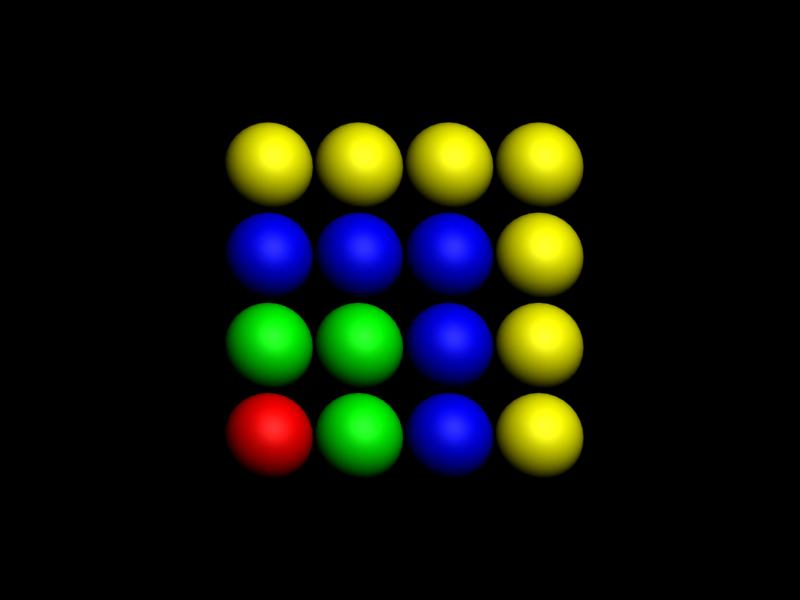
The square composed with L-shaped gnomons: 1 + 3 + 5 + 7 = 4*4
Square is the half period of the table. Gnomon of square matches to the half of electrons on the subshell.
5) Grille.
The common modern tables. The established tradition is to divide the table into lines and columns.
6) Pyramid.
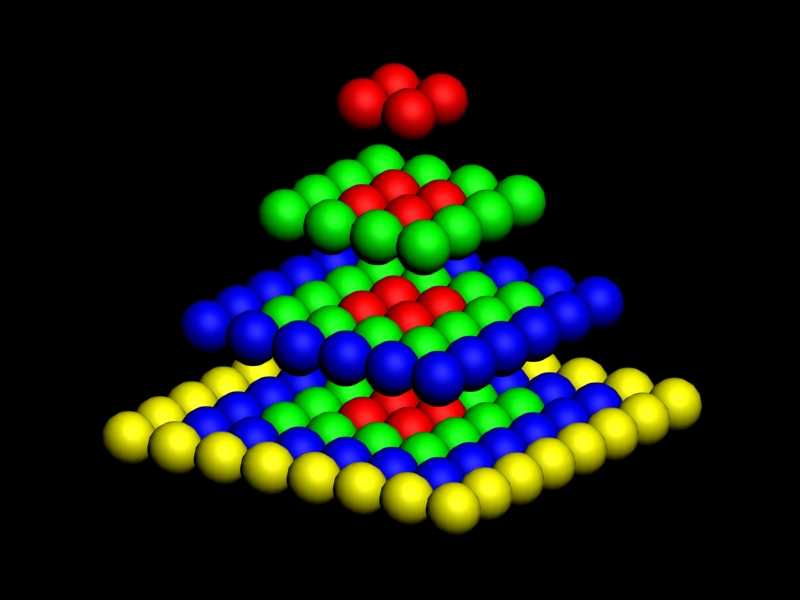
Each layer contains 2 periods or 4 halved periods. Doubled periods, heaped together, build a pyramid.*
* The children’s pyramid from point (2) can be considered as a more archaic, ancient type than the type of square pyramid from point (7), which is more detailed.
7) Octahedron (Platonic solid).
8) Curved squares as gnomons of Tetrahedron.
9) Tetrahedron (Platonic solid).

Tetrahedron shells. Size: 20, 100 – Three-dimensional table of the periodic law – Model of the atom
In the theory of figure numbers, the tetrahedron has square gnomons. The complete table of Charles Janet has 120 elements. 120 is a tetrahedral number.
10) Triangle.
By happy coincidence, 120 is a tetrahedral and a triangular number at the same time.
12) Three-dimensional round shapes – cylinders, as well as two- and three-dimensional coils.
Concentric circles and a spiral (repetition with addition) as an archetype can be considered as a mandala. Mandala is a geometric symbol of a complex structure, which is interpreted as a model of the Universe, the “map of the cosmos”. Karl Gustav Jung identified the mandala as an archetypical symbol of human perfection. The mandala made by a Carl Jung’s patient depicts a flower. We propose a spiral periodic table-mandala based on the pattern of phyllotaxis.
13) The tables of the Periodic law built on the motifs of ancient folk and modern ornaments.
The tables of the periodic law built on the motifs of ancient folk and modern ornaments take a special place. They include not only geometric archetypes, but also magic-symbolic, cultural and religious archetypes of the collective unconscious. Note that the periodic law table, built on the basis of the Native American ornament, surpasses the modern Mendeleev table in the parameter reflecting quantum numbers in its structure.
Octagonal star
Octagonal star as ornamental motif appeared before the birth of Christianity. This symbol (Alatyr, Svarog’s Cross, Vasmirog) remained in ethnic religion and ancien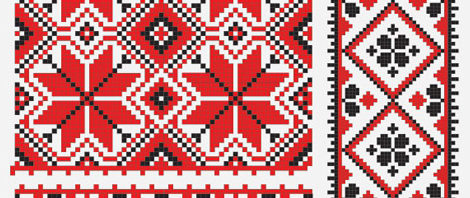 t patterns predominantly of Slavic, Finno-Ugrian, and Turkic peoples.
t patterns predominantly of Slavic, Finno-Ugrian, and Turkic peoples.
The projection of the Mendeleev’s Periodic Law on the motif of ethnic ornament.
The left-third of the picture is an auxiliary drawing. Color indicates an electron shell of the atom: s-orbital – red, p-orbital – green, d-orbital – blue, f-orbital – yellow, g-orbital – lilac.
The right third of the picture is an ornamental motif.
The middle third is the projection of the periodic table on the left part of ornamental motif.
The details of the above figure:
Native American Indian Ornaments
Modern Native American Indian Ornamental Periodic Table

Julio Antonio Gutiérrez Samanez, Chemical Engineer, National University of Saint Antony the Abbot Cusco, Peru. Julio shows his original version of the Native American periodic table made of rope with knots. Saint Petersburg, 2019.
Ancient folk Native American ornament
The Projection of Periodic Law on The Pattern of Native American Indian Ornament
The Tetrahedral Periodic Table based on Native American Ornament
Quantum Numbers
A total of four quantum numbers are used to describe completely the movement and trajectories of each electron within an atom. The combination of all quantum numbers of all electrons in an atom is described by a wave function that complies with the Schrödinger equation.
The principal quantum number n designates the principal electron shell.
The orbital angular momentum quantum number l determines the shape of an orbital.
The magnetic quantum number ml determines the number of orbitals and their orientation within a subshell. Consequently, its value depends on the orbital angular momentum quantum number l. Given a certain l, ml is an interval ranging from –l to +l, so it can be zero, a negative integer, or a positive integer. 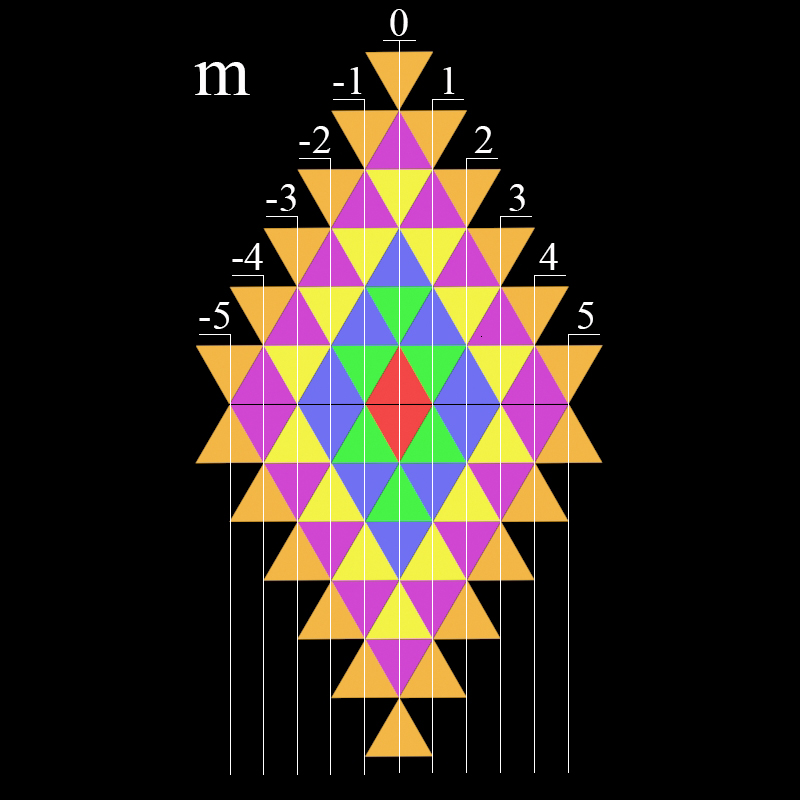
The electron spin quantum number ms does not depend on another quantum number. It designates the direction of the electron spin and may have a spin of +1/2, represented by↑, or –1/2, represented by ↓. This means that when ms is positive the electron has an upward spin, which can be referred to as “spin up.” When it is negative, the electron has a downward spin, so it is “spin down.” The significance of the electron spin quantum number is its determination of an atom’s ability to generate a magnetic field or not. (Electron Spin.)
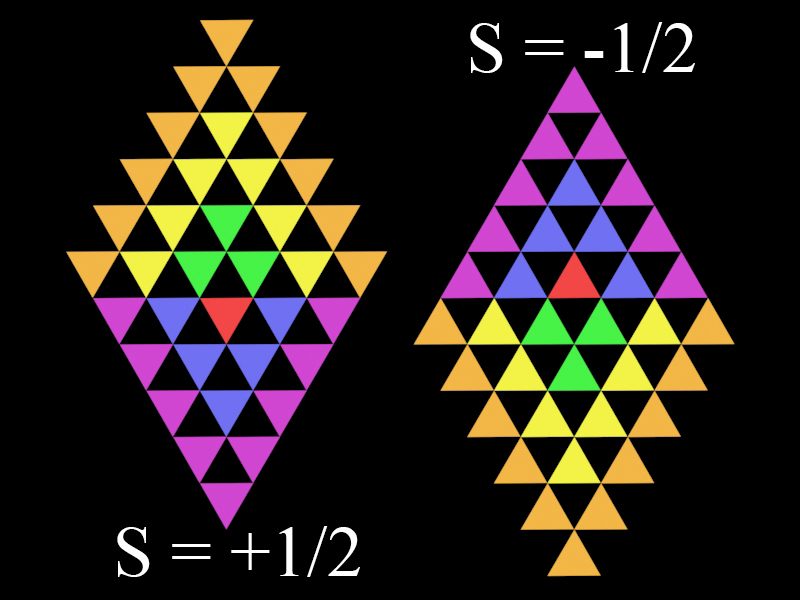
Every two-dimensional tetrahedron with square (in the sense of figurate numbers) faces corresponds to one Dyad of the Charles Janet’s Periodic table (1930).
Ancient and Modern Patchwork Patterns
The Projection of Periodic Law on The Patchwork Ornament

Example 1
Conclusion
Our view on the symbolic representation of the Dmitri Ivanovich Mendeleev’s Periodic Law of elements suggests a new approach to some issue of teaching chemistry and physics as academic courses.
The teaching is divided into two stages. At the first stage, which, according to Jung, can be called subconscious, the child at the sensual level is introduced to the geometric archetypes of Periodic Law. Educational games with cubes, balls, pyramids, mosaics, coloring, constructors, beadwork, kirigami, modeling et cetera in an entertaining and safe form will not only strengthen the intellect, but also prepare the child for the second, conscious stage of obtaining academic knowledge. This conscious stage for the vast majority of students is very painful and difficult to pass now. Thus, the age threshold for the beginning of chemistry and quantum physics studying will be reduced from 14 to 1.5 – 3 years old.



